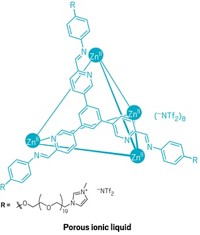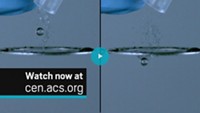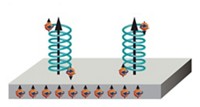Advertisement
Grab your lab coat. Let's get started
Welcome!
Welcome!
Create an account below to get 6 C&EN articles per month, receive newsletters and more - all free.
It seems this is your first time logging in online. Please enter the following information to continue.
As an ACS member you automatically get access to this site. All we need is few more details to create your reading experience.
Not you? Sign in with a different account.
Not you? Sign in with a different account.
ERROR 1
ERROR 1
ERROR 2
ERROR 2
ERROR 2
ERROR 2
ERROR 2
Password and Confirm password must match.
If you have an ACS member number, please enter it here so we can link this account to your membership. (optional)
ERROR 2
ACS values your privacy. By submitting your information, you are gaining access to C&EN and subscribing to our weekly newsletter. We use the information you provide to make your reading experience better, and we will never sell your data to third party members.
Business
Soapy Separations
Chromatography: Detergent film preferentially transports one enantiomer of a small molecule
by Carmen Drahl
December 16, 2010
| A version of this story appeared in
Volume 88, Issue 51

Soap films cut grease with ease, but with just a dash of the ring-shaped polysaccharide cyclodextrin they can do even more: separate one mirror image of a small molecule from a mixture containing both (J. Am. Chem. Soc., DOI: 10.1021/ja109461r). Soap bubbles could become useful for chiral separations, which are important for purifying molecules such as drugs, pesticides, and their precursors.
Purnendu K. Dasgupta and colleagues at the University of Texas, Arlington, had previously found a way to make normally evanescent soap bubbles last for tens of minutes and detect low levels of gases (Anal. Chem., DOI: 10.1021/ac052198h). While investigating how small molecules permeate their soap structures, they doped films of the detergent Triton-X-100 with α-cyclodextrin, a common player in chromatography. The researchers found that, by a factor of 1.6, more α(+)-pinene crossed the soap membrane than did its enantiomer. This happens because, compared to α(+)-pinene, α(-)-pinene gets held up longer in the soap film by binding to the cyclodextrin, the team says.
The soap membrane's 1.6-fold selectivity leaves room for improvement, says Mathias Ulbricht, who studies membranes as tools for separations at the University of Duisburg-Essen, in Germany. He suggests that the researchers could modify the species doped into the soap film as a chiral selector.
Chromatography expert Apryll M. Stalcup at the University of Cincinnati welcomes the new technique. Existing chiral separation techniques tend to be pricey, or aren't widely applicable, or both, she says. "This approach offers many advantages," she says, "including ability to be readily scaled up as well as ready recovery of the individual enantiomers and the chiral selector, which is often expensive."





Join the conversation
Contact the reporter
Submit a Letter to the Editor for publication
Engage with us on Twitter